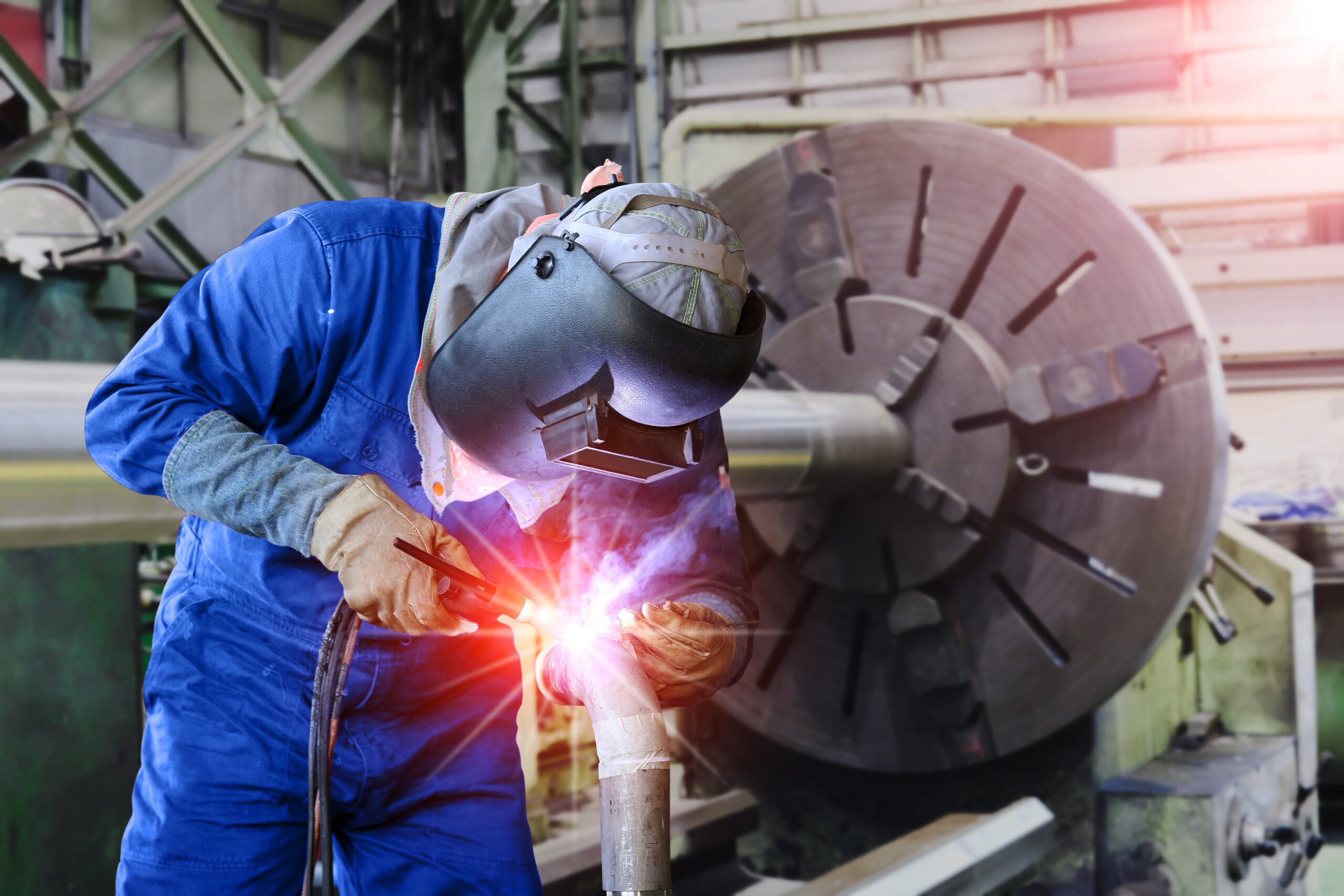Understanding Welding WPS: Comprehensive Overview for Welders
Wiki Article
Grasping Welding WPS Standards: Best Practices and Techniques for High Quality Welds
In the world of welding, mastering Welding Procedure Requirements (WPS) standards is a vital element that directly influences the high quality and integrity of welds. As we browse through the ins and outs of welding WPS criteria, uncovering vital insights and approaches for achieving top-tier welds will certainly be extremely important for welders seeking to succeed in their craft and produce welds that stand the examination of time.Recognizing Welding WPS Criteria

Understanding WPS criteria is important for engineers, welders, and inspectors associated with welding operations. By following WPS standards, welders can produce welds that meet the called for mechanical buildings and architectural honesty. Inspectors count on WPS documentation to validate that welding treatments are being adhered to properly which the resulting welds are of premium quality. Designers use WPS requirements to develop welding procedures that make sure the longevity and integrity of bonded frameworks.


Essential Tools for Quality Welds
Mastering welding WPS criteria is important for welders to efficiently make use of the vital devices required for creating quality welds. One of one of the most critical devices for high quality welds is a welding equipment. The kind of welding device needed depends upon the welding process being used, such as MIG, TIG, or stick welding. Welding safety helmets are likewise essential to protect the welder's eyes and face from sparks, heat, and UV radiation. In addition, welding handwear covers made from resilient and heat-resistant materials secure the hands from burns and injuries. Clamps and magnets aid hold the work surfaces together firmly during the welding procedure, making sure precise and precise welds. Wire brushes and damaging hammers are necessary for cleaning up the weld joint prior to and after welding to remove any kind of pollutants that could influence the high quality of the weld. Finally, a measuring tape and angle mill work tools for making sure proper placement and preparing the workpieces for welding.Key Methods for Welding Success
To attain welding success, one should master the essential strategies necessary for producing high-quality welds. Maintaining a steady hand and a stable welding placement throughout the process is key to achieving precision and consistency in the welds. By see here now grasping these key methods, welders can boost the high quality of their work and attain welding success.Ensuring Compliance With WPS Specifications
Additionally, preserving detailed documents of welding parameters, tools calibration, and assessment results is critical for demonstrating compliance with WPS requirements. By carefully sticking to WPS requirements, welders can guarantee that their work satisfies the needed high quality degrees and contributes to the general success of the welding project.
Troubleshooting Common Welding Issues
When encountered view with typical welding concerns, recognizing the root cause is crucial for effective troubleshooting. One widespread issue is the presence of porosity in welds, frequently brought on by impurities such as dampness, rust, or oil. To address this, ensuring proper cleansing of the base steel before welding and making use of the correct protecting gas can dramatically reduce porosity. Another problem often encountered is lack of blend, where the weld stops working to correctly bond with the base product. This can come from poor heat input or inappropriate welding strategy. Adjusting criteria such as voltage, wire feed speed, or travel speed can aid improve combination. Additionally, distortion, cracking, and spatter are typical welding obstacles that can be minimized with correct joint prep work, constant heat control, and selecting the suitable welding consumables. By thoroughly comprehending these common welding concerns and their source, welders can effectively troubleshoot problems and accomplish top notch welds.
Verdict
Finally, understanding welding WPS standards calls for an extensive understanding of the standards, using vital tools, and executing key techniques for effective welds. Making sure compliance with WPS criteria is essential for generating quality welds and staying clear of usual welding problems. By adhering to finest methods and methods, welders can accomplish reputable and constant lead to their welding jobs.In the realm of welding, mastering Welding Procedure Spec (WPS) requirements is an important component that straight affects the high quality and honesty of welds.When delving into the realm of welding practices, an essential facet to comprehend is the relevance and ins and outs of Welding Treatment Spec (WPS) criteria. WPS criteria supply an in-depth standard for welding procedures, guaranteeing uniformity, high quality, and security in the welding procedure. The type of welding maker needed depends on the welding process being used, such as MIG, TIG, or stick welding.Achieving welding success via the proficiency of crucial methods requires a detailed understanding and adherence to Welding my response Treatment Specification (WPS) requirements.
Report this wiki page